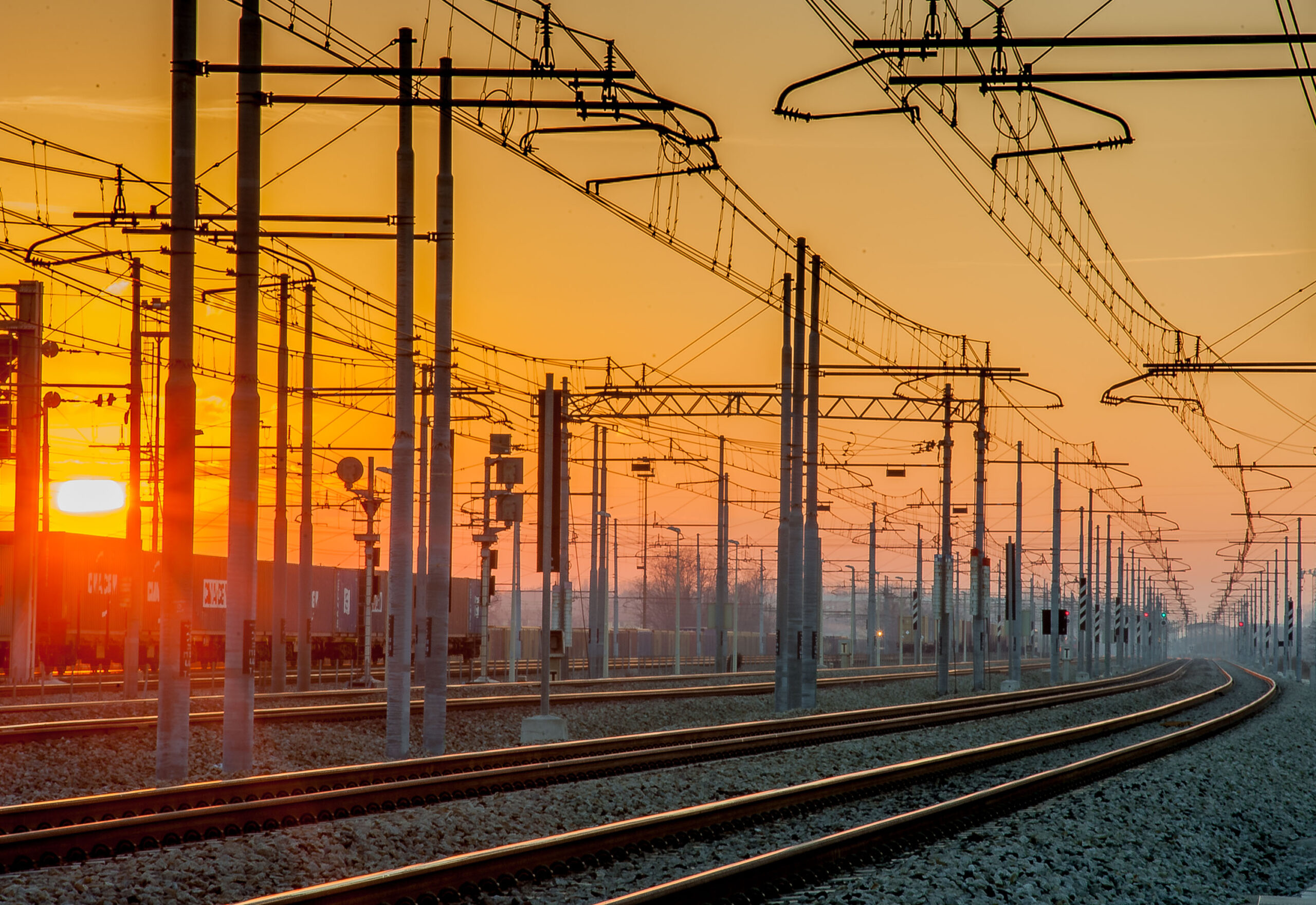Importance of Lightning Protection System Design – Case Study
When lightning strikes a structure with an inappropriate lightning protection system, it can cause damage to the structure, its occupants, and assets. These damages and failures can extend beyond the structure being struck. It can cause a hazard, involve the local environment, and break down utilities in the vicinity. The scale of hazardous consequences depends on the characteristics of the structure, structures in the vicinity, utilities associated with the structure, shielding philosophy employed within the structure, and coordination philosophy of the lightning protection system. Apart from the characteristics of a lightning flash.
Types of Damages
Apart from the loss of human life, lightning causes damage to the structure, public utilities, and cultural heritage. This involves flashes to the structure, flashes near the structure, flashes to the utilities connected to the structure, flashes near the utilities connected to the structure flashes created due to induced stresses within the structure, recoverable/unrecoverable damage to the equipment employed in the structure, and data loss.
What is a Lightning Protection System?
The lightning protection system (LPS) comprises air termination, down conduction, earthing, equipotential bonding, a surge protection system, and a fail-safe scheme during lightning conditions.
Safety through design
Apart from ensuring protection to people and services connected to the structure, LPS ensures protection against direct and indirect lightning strikes to structures and high-value assets vulnerable to failure due to surges caused by lightning-originated electromagnetic pulse (LEMP). This can be achieved by a proper assessment during design conforming to the:
- Risk Assessment calculations as per IEC 62305-2
- Radius of protection calculations as per NFC 17-102, JUS, I20
- Proper selection and sizing of the components of LPS as per IEC 62305-3
- Measures and selection of Surge protection devices as per IEC 62305-4
- Striking distance for substations as per IEEE 998
Further zonal protection layout needs to follow electro-geometric modeling as per the rolling sphere method, involving angle of protection and mesh conductor, for conventional air terminals and radius of protection method as per NFC 17-102, for ESE air terminals.
A Lightning Protection System should be
Designed as per internationally accepted standards by a qualified engineer
Installed by a competent contractor
Commissioned i.e. verified and validated after installation by a third-party inspector
Monitored annually by auditors
Installing off-the-shelf products without adequate design does not ensure 100% safety against lightning. An effective and 100% safe lightning protection system not only mandates the use of products conforming to specification but also necessitates understanding contextual design variables and implementing the customized solution.
Case Study – Bringing the energy of the sky safely down to the heart of the earth
The lightning flash density of Dubai as per BS6651 is two. This means Dubai experiences two lightning flashes per square km per year. As the height increases, the lightning risk also increases. In these circumstances, a 100-meter high building of 30 floors is approximately 5 times riskier compared to a 50-meter high building of 15 floors.
Burj Khalifa is presently the world’s tallest skyscraper with a height of over 820m and a true engineering marvel. However, this height brings with it new challenges to keep it safe. The tower is designed for multiple purposes including residential, hotel, commercial, office, entertainment, shopping, leisure, and parking facilities. These tower houses are delicate assets like a sonometer, obstruction light, CCTV, etc. at difficult-to-access locations. The assets, residents, and occupants are at a high risk of hazard and loss due to lightning strikes.
Design Challenges
- Due to the height of the structure lightning strike can be initiated from below the cloud that is higher than Burj and above the cloud that is lower than Burj. This causes a unique challenge of catering to both polarities of lightning repeatedly.
- The Burj Khalifa is a vertical city with the challenge that, when lightning travels from the top of the structure to the bottom, it can induce an electrical surge in the systems installed along the vertical expanse endangering safety and security.
- Extremely delicate and highly sensitive assets are mounted within 1.5m of the lightning protection system and they must not be damaged by side flash during lightning.
- Earthing system is inaccessible and buried, hence deploying a permanent earthing system is mandatory. As per Dubai Municipality, the seismic zone factor of Dubai is 0.151, which necessitates the use of a non-crack system in earthing.
Design Solution
The integrated passive and active Lightning Protection System installed at Burj Khalifa is carefully designed to withstand approximately 100 bipolar lightning strikes during its lifetime (at least 2 strikes/year). Presently, lightning has struck the tower over 20 times on the air terminal without affecting concealed electronics in the vicinity. After the lightning strikes, it travels vertically over 820m through the central core while ensuring the safety of life and assets. Over and above, the use of the earth-enhancing compound for soil treatment and a permanent earthing system gives ZERO MAINTENANCE features to its earthing system.
Repeatedly protecting high-value, delicate assets from direct strike and conducting it over 820m is a world-first achievement.
To know more about Lightning Protection System Design write to us at info@manavenergy.com or book your consultation through our consulting calendar at https://www.manavenergy.com/contact-us/
Have a look at the video below as Richard Hammond – Discovery UK, as he joins an engineer and travels right to the top of the spire of the Burj Khalifa.
Reference
- Baker, W. F., Korista, D. S., & Novak, L. C. (2007). Burj Dubai: Engineering the world’s tallest building. The structural design of tall and special buildings, 16(4), 361-375. https://doi.org/10.1002/tal.418



